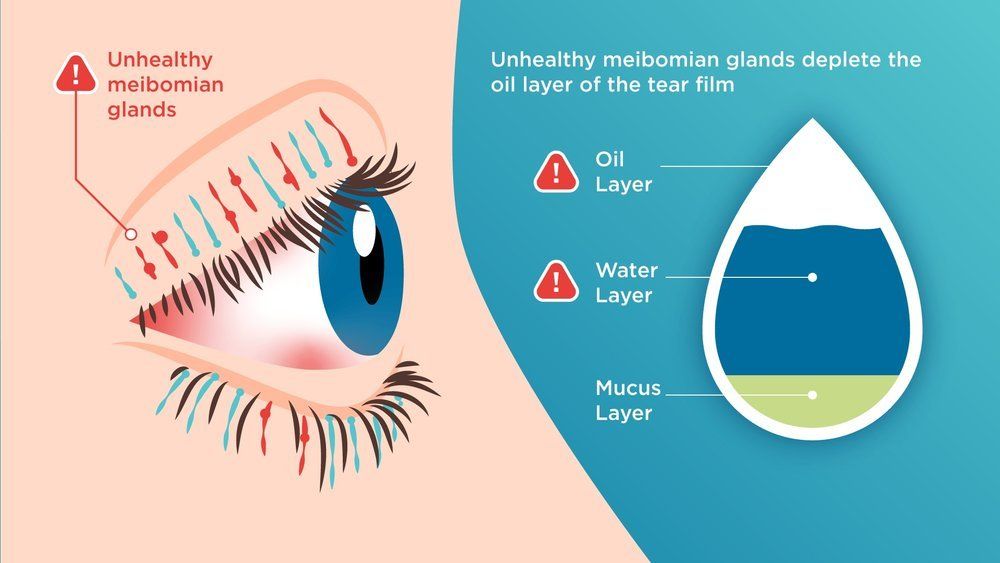Eye Care Services In Seattle, WA, US
Our services aim to restore the body to its natural state of optimal health. We offer a wide range of specialized services, therapies and techniques to make your journey to lasting wellness as efficient and effective as possible.

Routine eye exams are a vital aspect of preventive eye care. Without routine eye exams, vision issues often go undetected since most eye disorders don't have clear symptoms.

If you’ve never worn contact lenses before, it can seem a bit intimidating. After all, you’re inserting something into your eye! Let’s ease your mind about the first step – your contact lens exam.

A thorough investigation of your child's overall health of the eye and the visual system is important since some childhood vision problems can lead to permanent vision loss if left untreated.

Myopia, also known as near-sightedness, is a condition where the eye grows too long for where light is normally focused. Without intervention, myopia tends to progress especially if found earlier in life. High amounts of myopia not only affect the glasses prescription, it can also put patients at higher risk for retinal conditions such as retinal detachment and posterior staphyloma

Dry Eye Syndrome is a condition where the tear film that normally hydrates the surface of the eye is chronically disrupted.

Morpheus8 is a minimally invasive device for fractional coagulation of subcutaneous tissue.

TearCare is a system that applies sustained direct heat to both the upper and lower eyelids. This device is used in the treatment of dry eye caused by Meibomian gland dysfunction.

Eye emergencies cover a range of incidents and conditions such as; trauma, cuts, scratches, foreign objects in the eye, burns, chemical exposure, photic retinopathy, and blunt injuries to the eye or eyelid.

You have almost certainly heard of diabetes, which is one of the most common chronic health conditions in the United States with an estimated 100 million adults currently living with diabetes or pre-diabetes. This metabolic disorder occurs when the body is no longer able to regulate its own blood sugar levels and requires intervention to keep them stable.

Macular degeneration, commonly referred to as age-related macular degeneration (AMD), is the single largest cause of sight loss in the developed world and affects more than 10 million Americans. It usually affects people over the age of 60, but has been known to affect those who are younger.

If you’ve been diagnosed with glaucoma, you’re probably already familiar with the typical options in glaucoma treatment – eye drops, laser treatment or traditional surgery. While these are certainly effective, especially when glaucoma is diagnosed early, researchers have been working hard to offer new glaucoma treatments.

If you’ve been diagnosed with cataracts, you may wonder if cataract surgery is right around the corner. Not to worry. There are many preventive steps you can take to slow the progression of cataracts and preserve your vision. That doesn’t mean you won’t eventually need surgery, but you can at least delay the need for quite a while.

Forma-I (bipolar radiofrequency) addresses the signs and symptoms of dry eye disease (DED) caused by Meibomian Gland Dysfunction (MGD). This is intended for use in the areas around the eyes and the upper and lower eyelids.

Lumecca/Lumecca-I Intense Pulsed Light (IPL) is used to treat dry eye, meibomian gland dysfunction, ocular rosacea/rosacea, demodex, chalazia and blepharitis. IPL emits a specific wavelength of light that is absorbed by irregular blood vessels and pigment in the epidermis. This destroys pigment spots and the vessels that are causing inflammation. For dry eye it’s very important to break the inflammatory cycle.
Want to learn more about our optometry services? Call (206) 588-2814 to schedule a consultation today.





